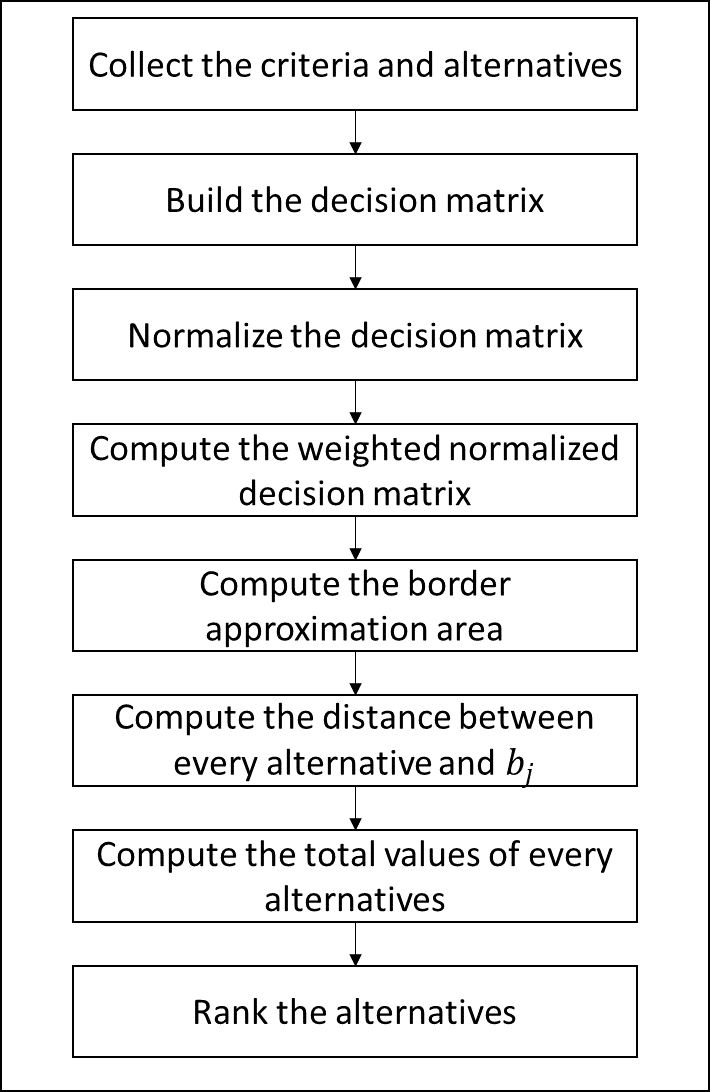A Neutrosophic Multi-Criteria Model for Evaluating Sustainable Soil Enhancement Methods and their Cost Implications in Construction
Main Article Content
Abstract
This paper provides a comprehensive overview of the application of life cycle assessment (LCA) to promote sustainable soil practices in construction foundation projects. The aim is to evaluate the environmental impact and long-term sustainability of soil-related activities in construction through the lens of LCA. This assessment encompasses a wide array of factors, including soil quality, erosion control, contaminant remediation, soil stability, conservation, drainage management, and compliance with regulatory standards. To address this multifaceted evaluation, we employ a multi-criteria decision-making (MCDM) model, specifically introducing the Multi-Attributive Border Approximation Area Comparison (MABAC) method. This MCDM technique is utilized to appraise the sustainability of soil practices and is integrated with a neutrosophic set to handle imprecise information. Our study incorporates nine criteria and eight alternative methods. Through the application of LCA, construction professionals can uncover strategies to minimize the carbon footprint of their projects, optimize soil utilization, and enhance the long-term resilience of their structures. Achieving a comprehensive LCA tailored to the specific requirements of each project and local regulations necessitates close collaboration between soil engineers, environmental experts, and construction practitioners.
Downloads
Article Details

This work is licensed under a Creative Commons Attribution 4.0 International License.





